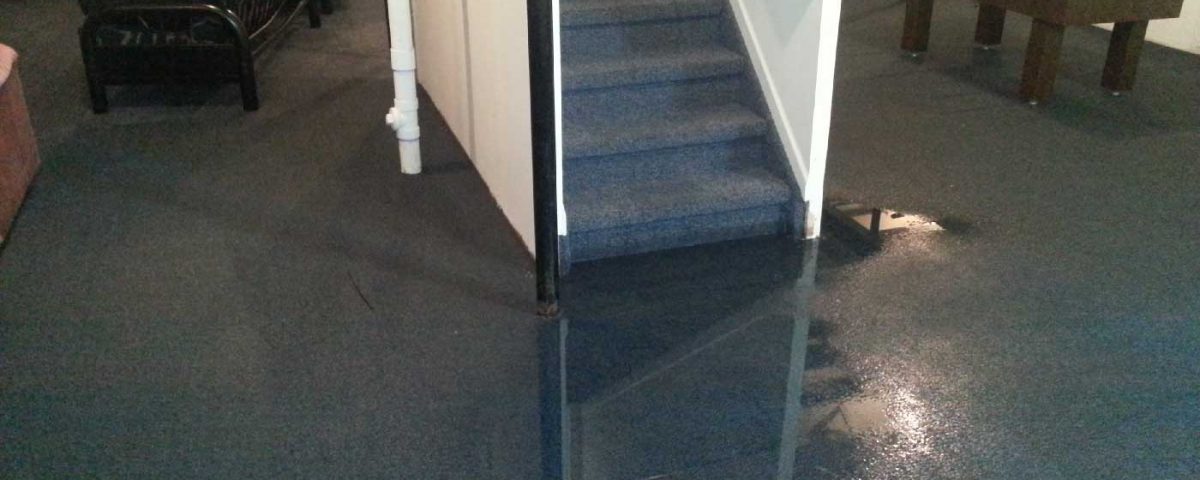- Restoring Every Detail, From Start to Finish
- (801) 263-9990
Flooded Basement Carpets – How to Professionally Clean Them

5 Tips to Prevent Basement Flooding – Our Guide
July 27, 2020
Protect Your House With Fire Damage Restoration Company | AAA Restoration
August 5, 2020Flooded basement carpets are quite challenging to clean and dry, especially if a storm or a burst pipe flooded it in. Underground portions of the house are often unexposed to sunlight and fresh air, which can make it difficult to dry a carpet that has been soaked. Leaving this damp or soaked can cause troublesome issues like mold growth and horrible smells.
Many things can cause a flooded basement. They can either be caused by an oversaturation of the ground around your house, an overflowing body of water nearby, a broken sump pump, storm sewage backups, or a burst pipe. These are all issues that will drive dirty water into your basement—which is why you need a working sump pump if you plan to handle the flooded basement fixes yourself.
A carpet fixture can be rendered unsalvageable depending on the water flooding your basement and the type of carpet it is. For example, wet padding carpets will be rendered useless after grey or blackwater floods—so these should be discarded immediately. If not done, these can act like sponges and absorb bacteria and harmful substances.
To help you out, these are the steps for drying carpets in a flooded basement as per the advice of our professionals here at AAA Restoration Utah:
Step 1: Drain or Remove the Water
By using a wet-dry vacuum—or pumps, for that matter—remove as much of the water standing in the flooded basement as you can. Run the wet-dry vacuum over the damp carpet slowly and with patience to ensure that no water remains in it.
Use a mop to remove small puddles and ensure that these spots are free of any floodwaters.
Step 2: Make Sure the Room is Fully Dried
Remove all water damaged furniture and place them in your yard to sun-dry thoroughly, as these can be added issues when it comes to odors and mold growth. Use fans and dehumidifiers to circulate fresh air and assist the drying process.
If your flooded basement has windows, make sure to open them up and do the same with the doors entering the basement. If the humidity is too high, run the air conditioning unit to minimize moisture in the air.
Step 3: Start Drying The Carpet
As soon as previous steps have been done, start removing the carpet from the tack strips and discard the padding. This will allow the subfloor to dry fully and will prevent further damage. Find some chairs or ladders to tent the carpet over to allow air to circulate on both sides of the carpet for a full dry.
Step 4: Clean Up And Deodorize
Before you start this process, ensure that the basement and carpets are fully dry. Professional flood damage restoration services usually have cutting-edge tools to conduct moisture tests. They will also be able to find hidden pockets of water and high-risk areas for mildew and mold formation.
The best way to ensure a deep clean is by using steamers to kill the bacteria and remove harmful odors. After this is done, sun-dry the carpets for at least 24-hours prior to reinstalling.
Conclusion
Cleaning a flooded basement and ensuring that there are no harmful growths of mold and mildew is difficult to do without the right tools. It is quite a tedious process that entails a lot of difficult hauling and a long drying process. If you ever have a flooded basement and need a carpet drying solution, AAA Restoration in Utah recommends that you contact your local flood damage restoration company’s professional services.
AAA Restoration Utah is Utah’s water damage restoration specialist, as well as providing top-tier mold removal, fire damage restoration and carpet cleaning to the local people. Don’t struggle with the complicated nature of flood damage repairs and contact us today for assistance, whether it is an emergency or not. Get in touch with us today and get your home repaired by the best restoration service in the industry.


